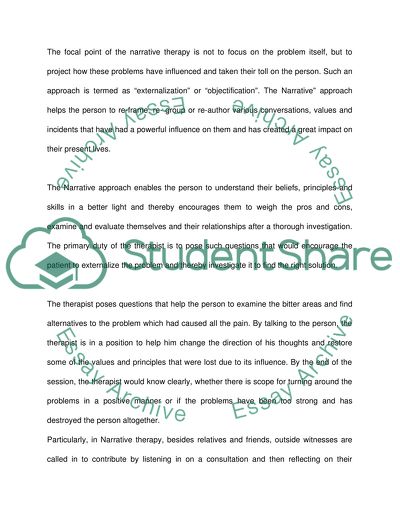Cite this document
(Comparison of Narrative Family Therapy, Multigenerational Family Assignment, n.d.)
Comparison of Narrative Family Therapy, Multigenerational Family Assignment. Retrieved from https://studentshare.org/medical-science/1548851-compare-and-contrast-narrative-family-therapy-multigenerational-family-therapy-experiential-family-therapy-structural-family-therapy
Comparison of Narrative Family Therapy, Multigenerational Family Assignment. Retrieved from https://studentshare.org/medical-science/1548851-compare-and-contrast-narrative-family-therapy-multigenerational-family-therapy-experiential-family-therapy-structural-family-therapy
(Comparison of Narrative Family Therapy, Multigenerational Family Assignment)
Comparison of Narrative Family Therapy, Multigenerational Family Assignment. https://studentshare.org/medical-science/1548851-compare-and-contrast-narrative-family-therapy-multigenerational-family-therapy-experiential-family-therapy-structural-family-therapy.
Comparison of Narrative Family Therapy, Multigenerational Family Assignment. https://studentshare.org/medical-science/1548851-compare-and-contrast-narrative-family-therapy-multigenerational-family-therapy-experiential-family-therapy-structural-family-therapy.
“Comparison of Narrative Family Therapy, Multigenerational Family Assignment”, n.d. https://studentshare.org/medical-science/1548851-compare-and-contrast-narrative-family-therapy-multigenerational-family-therapy-experiential-family-therapy-structural-family-therapy.


